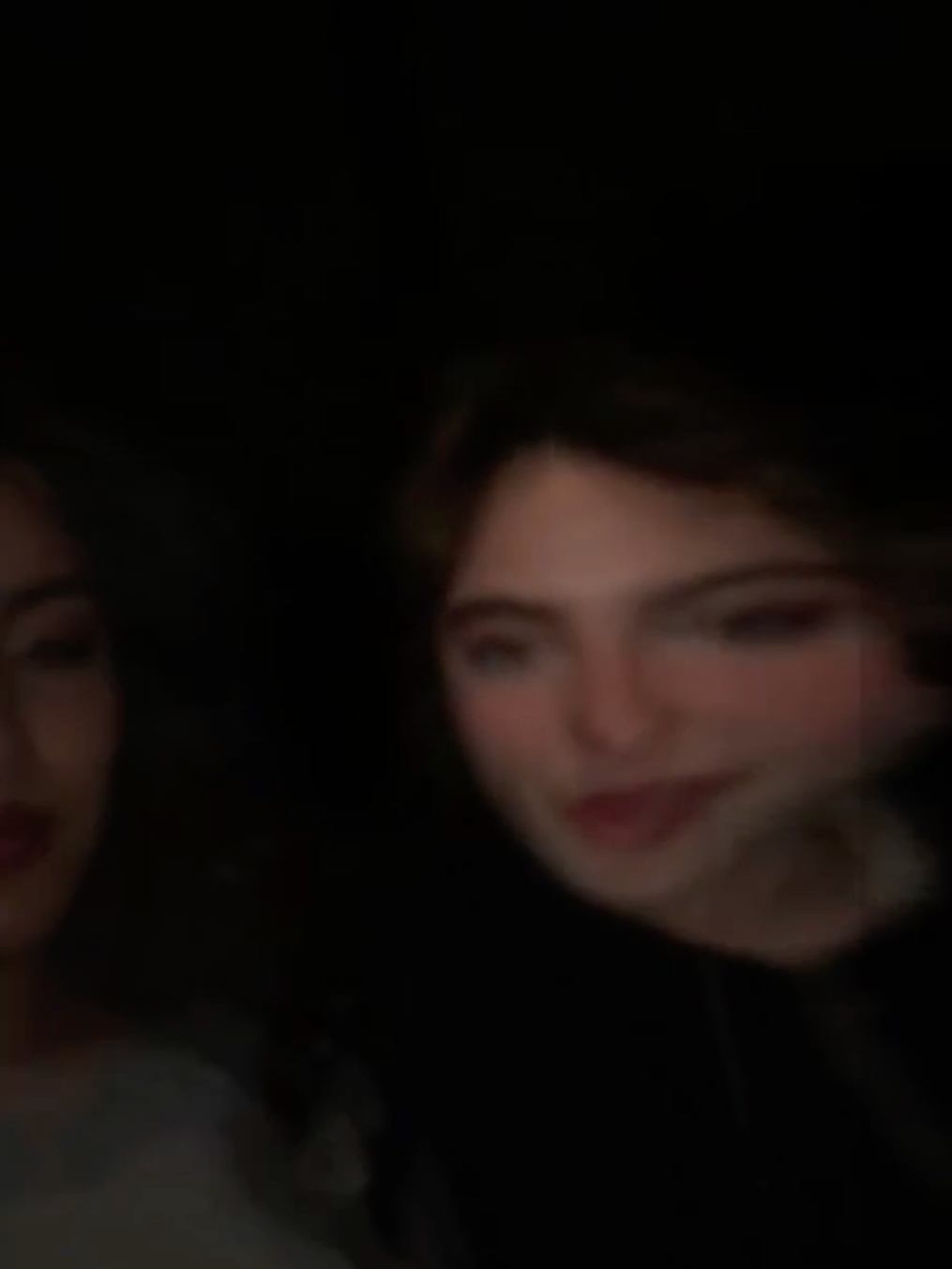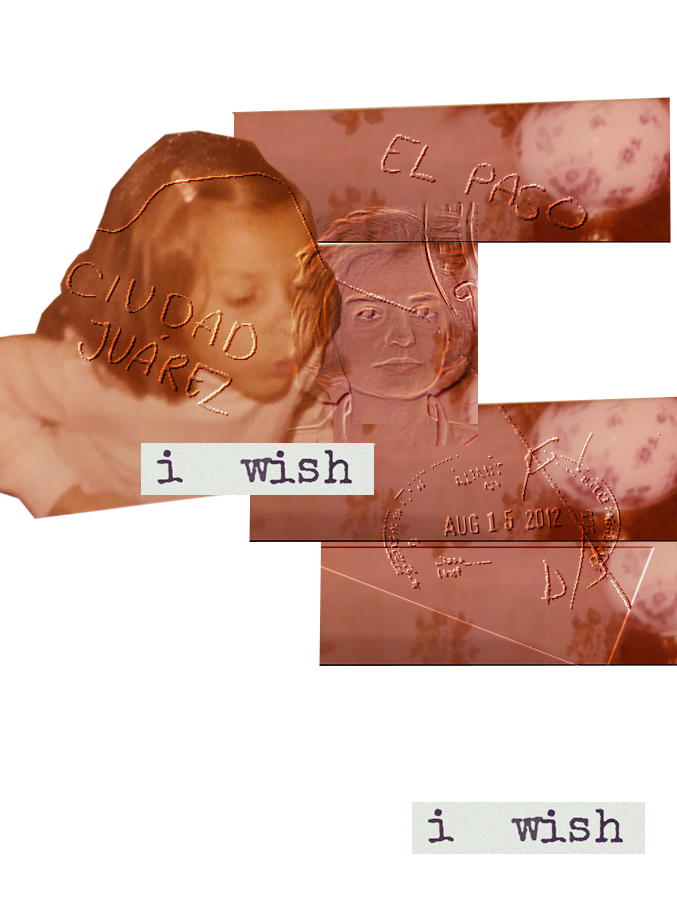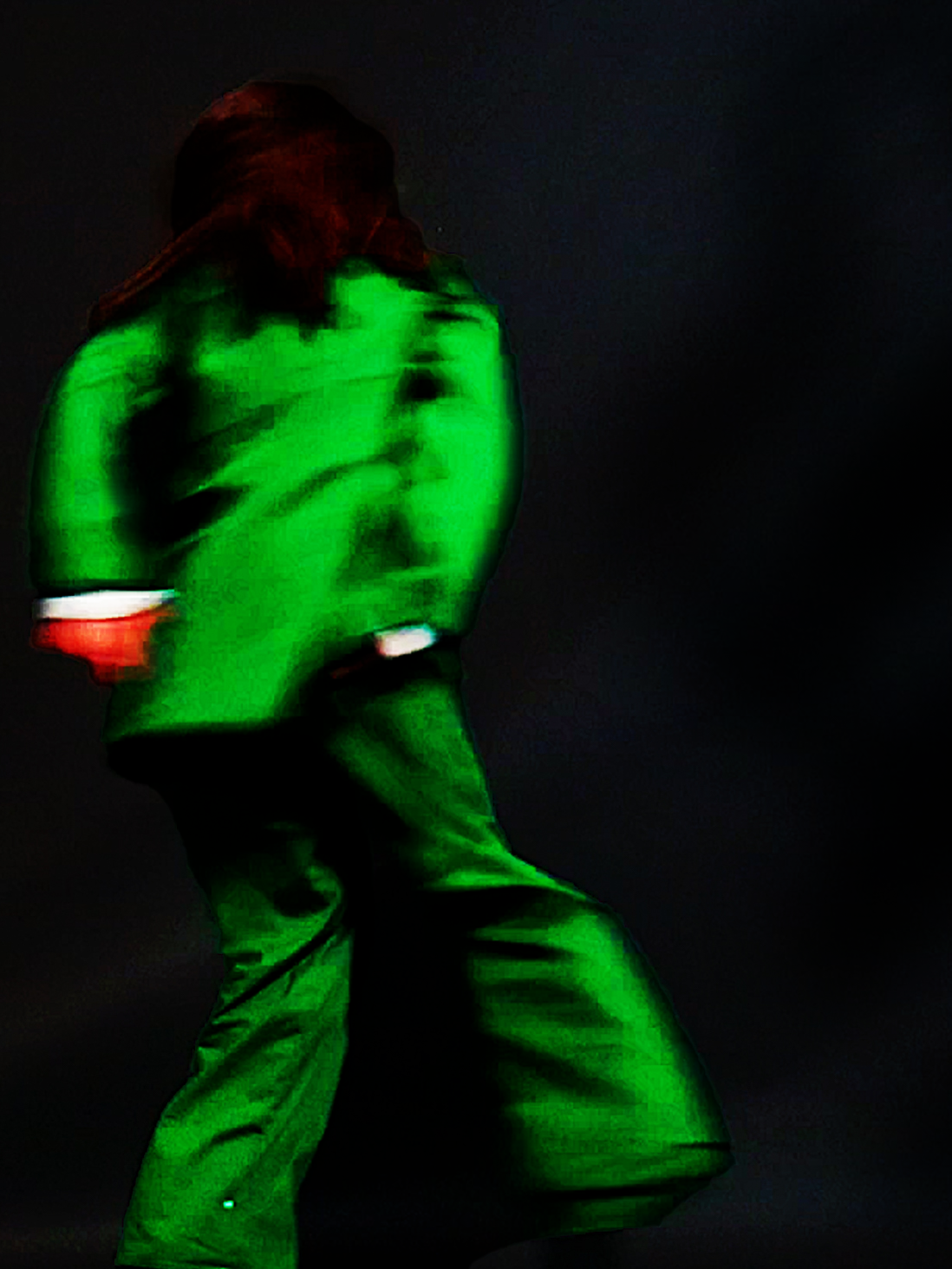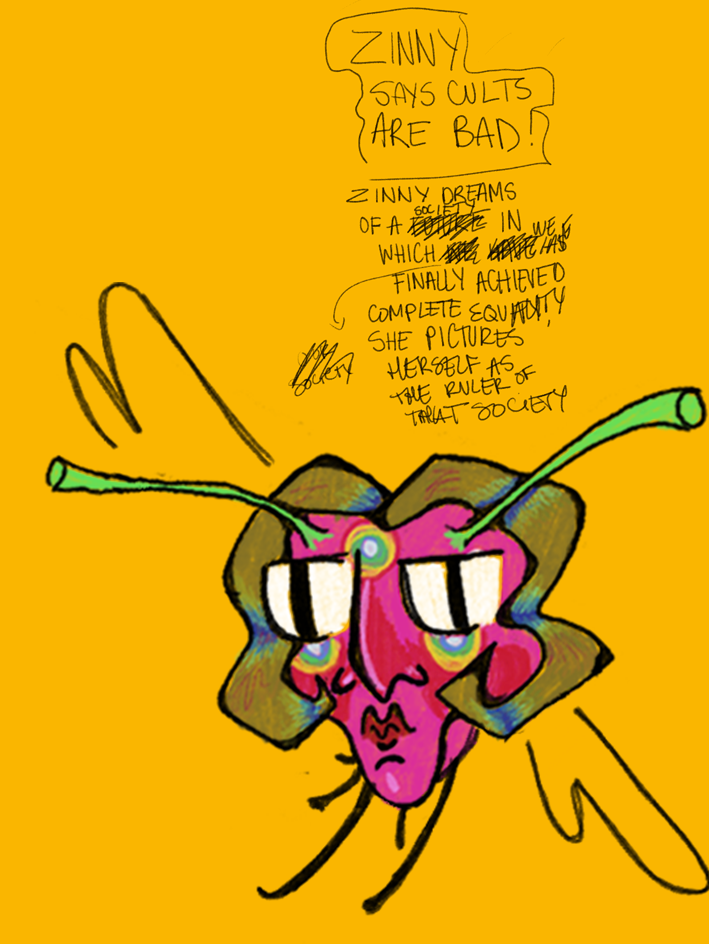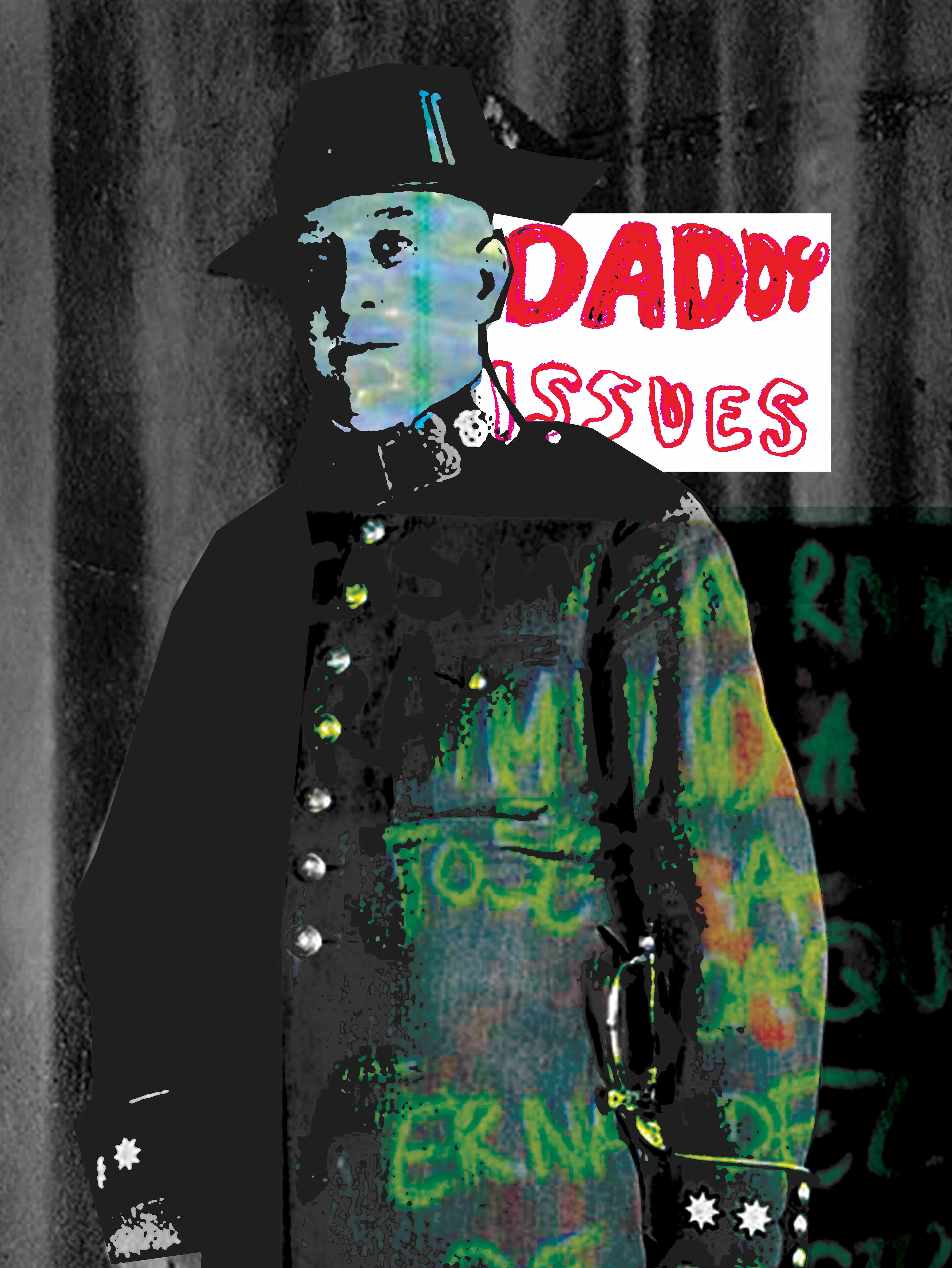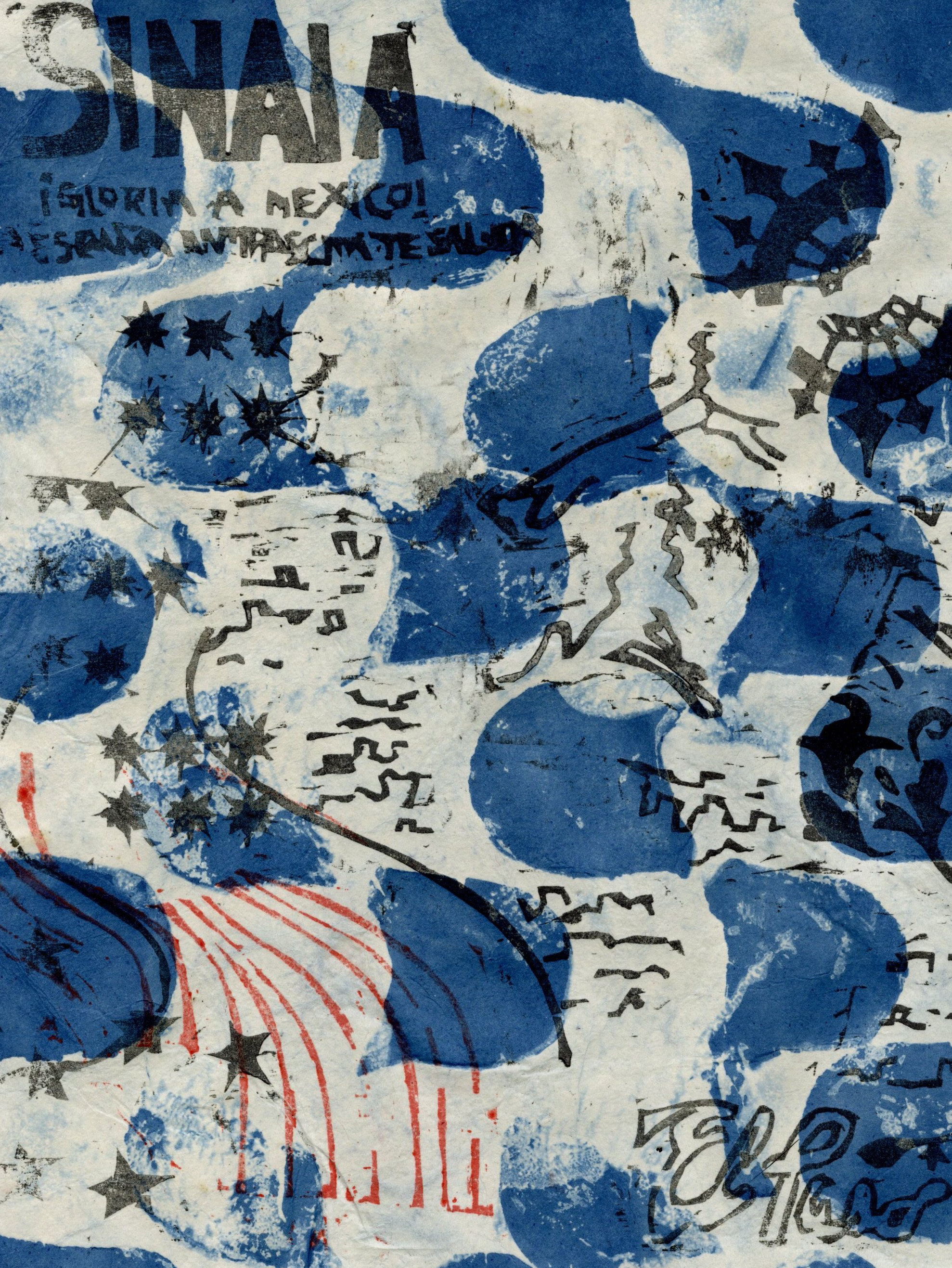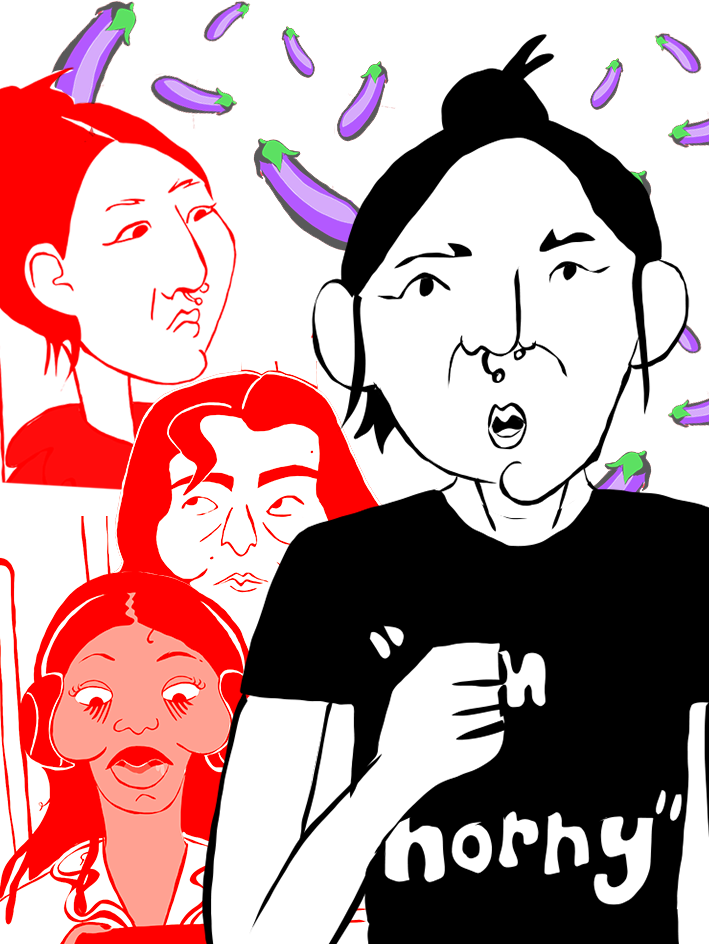In the context of descending from dislocated Spanish Civil War refugees, I have inherited an obsessive and mythologized Spanish identity despite coming from anarchist Catalan roots. In my works I try to explore the gaps and intersections between constructed identity, generational trauma, nationalism, and nostalgia. To hum while stuttering is to find hope and resilience amidst difficulty, perhaps a stuttering and a struggle to move on. On the other hand, to stutter while humming suggests resistance to an imposed national identity.
Song becomes the central element of play appearing in ritual constructions of identity. For Avi (grandfather), who had Alzheimer’s, and Gutierrez, old nationalistic Spanish songs were a bonding and often emotional experience. Songs were perfect for spreading a unified, homogenous national identity through Spanish cinema during Franco's fascist regime. The 1960s song La Tarara (derivative of an earlier flamenco song) activates a Spanish identity but also a gendered one, recalling how the female body was used both in fascist propaganda and post-regime liberation as seen in the destape period.
The performance pieces and characters: La Tarara, El Tatarabuelo, Una Tarada, Tarraco, and El Ta ra ra, fill the exhibition space, becoming a madness of icons and syllables. Memories reduced to mere symbols, nostalgia, they become a container for identity across generations, though often agglomerated and distorted.
Una Tarada
Screen print on canvas
36" × 48"
2025
Screen print on canvas
36" × 48"
2025
Digital video featuring El Pa Pa Pam, La Tarara, and El Beso
7:18
2024
El Pa Pa Pam, La Tarara, and El Beso
Digital video projection with screen print on canvas
24" × 36"
2025
Digital video projection with screen print on canvas
24" × 36"
2025
Tarraco, El Tatarabuelo (Detail)
Tarraco, El Tatarabuelo
Digital video projection with screen print on canvas (two strips, 88" × 22" each)
2023-2025








